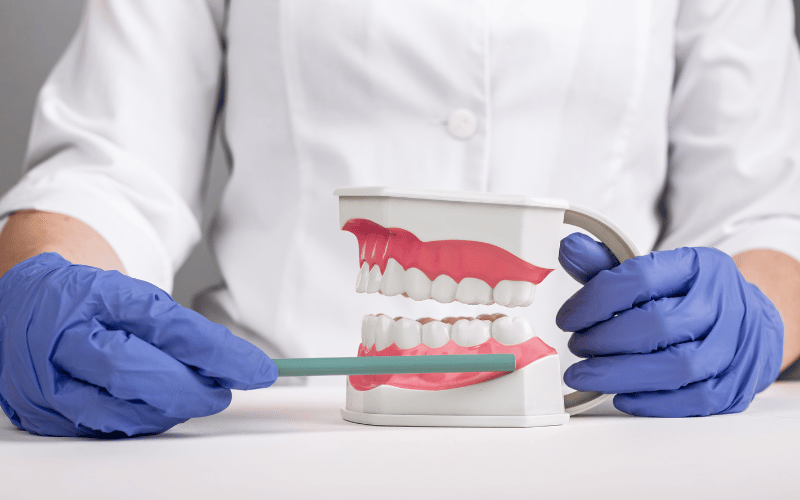Introduction: Delving into Impacted Wisdom Teeth
Impacted wisdom teeth are a common concern in dental health, often leading to discomfort and potential complications if not addressed timely. Wisdom teeth, also known as third molars, usually make their appearance in late adolescence or early adulthood. For some, they emerge without a hitch, aligning neatly with the existing teeth. However, for many others, there isn’t enough space in the jaw, resulting in impacted wisdom teeth.

An impacted wisdom tooth doesn’t fully erupt through the gum, leading to a myriad of potential issues. The lack of space could cause the tooth to come in at an angle, or it might only partially emerge. In some instances, the tooth might remain completely trapped beneath the gum, creating a breeding ground for bacteria and potential infection.
Understanding the nuances of impacted wisdom teeth is crucial. It’s not just about knowing the signs and symptoms; it’s about grasping the potential complications and the intricacies of available treatment options. This knowledge is vital as it enables individuals to make informed decisions about their oral health, ensuring they are taking the necessary steps to maintain not just the health of their wisdom teeth, but their overall oral hygiene.
The journey through understanding, diagnosing, and potentially treating impacted wisdom teeth is a crucial aspect of oral health care. In this article, we’ll navigate through the essential information, providing insights into the types of impactions, the signs and symptoms to watch out for, and the treatment options available. Armed with this knowledge, you’ll be better prepared to tackle the issue head-on, ensuring your oral health remains in tip-top condition.
1. Swelling and Tenderness: The Initial Alarms

When a wisdom tooth starts becoming impacted, one of the first signs you might notice is a swelling around the jaw and tenderness in the gums. This can lead to discomfort, particularly when you’re chewing food or opening your mouth wide. It’s not a sharp, intense pain at this stage, but more of a dull, lingering discomfort that makes its presence known.
The swelling isn’t always prominent and can be quite subtle. It might not even be visible externally, but you’ll feel it when you touch the area or when you move your jaw in certain ways. The tenderness in the gums is more apparent, especially when you brush your teeth or eat food. It’s a discomfort that doesn’t go away quickly and tends to linger, causing a nagging pain that’s hard to ignore.
In this early stage, it’s easy to mistake the pain and swelling for something else, like a regular toothache or gum irritation. However, if you notice that the discomfort is localized at the back of your mouth and doesn’t seem to subside with regular pain relievers or oral hygiene practices, it’s a sign that something else might be at play.
Paying attention to these early signs is crucial. They’re your body’s way of signaling that there’s not enough space for the wisdom tooth to emerge properly. Ignoring these symptoms could lead to further complications down the line, so it’s important to schedule a visit to your dentist as soon as you notice these changes. (1)